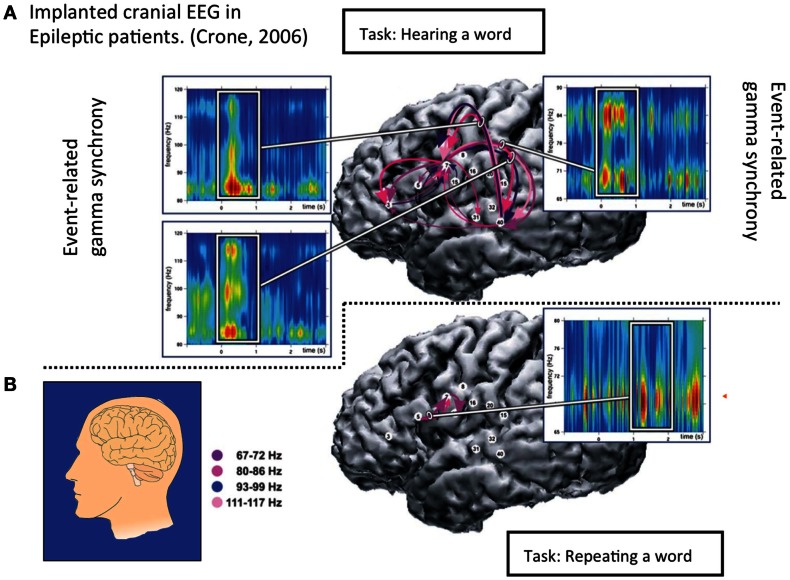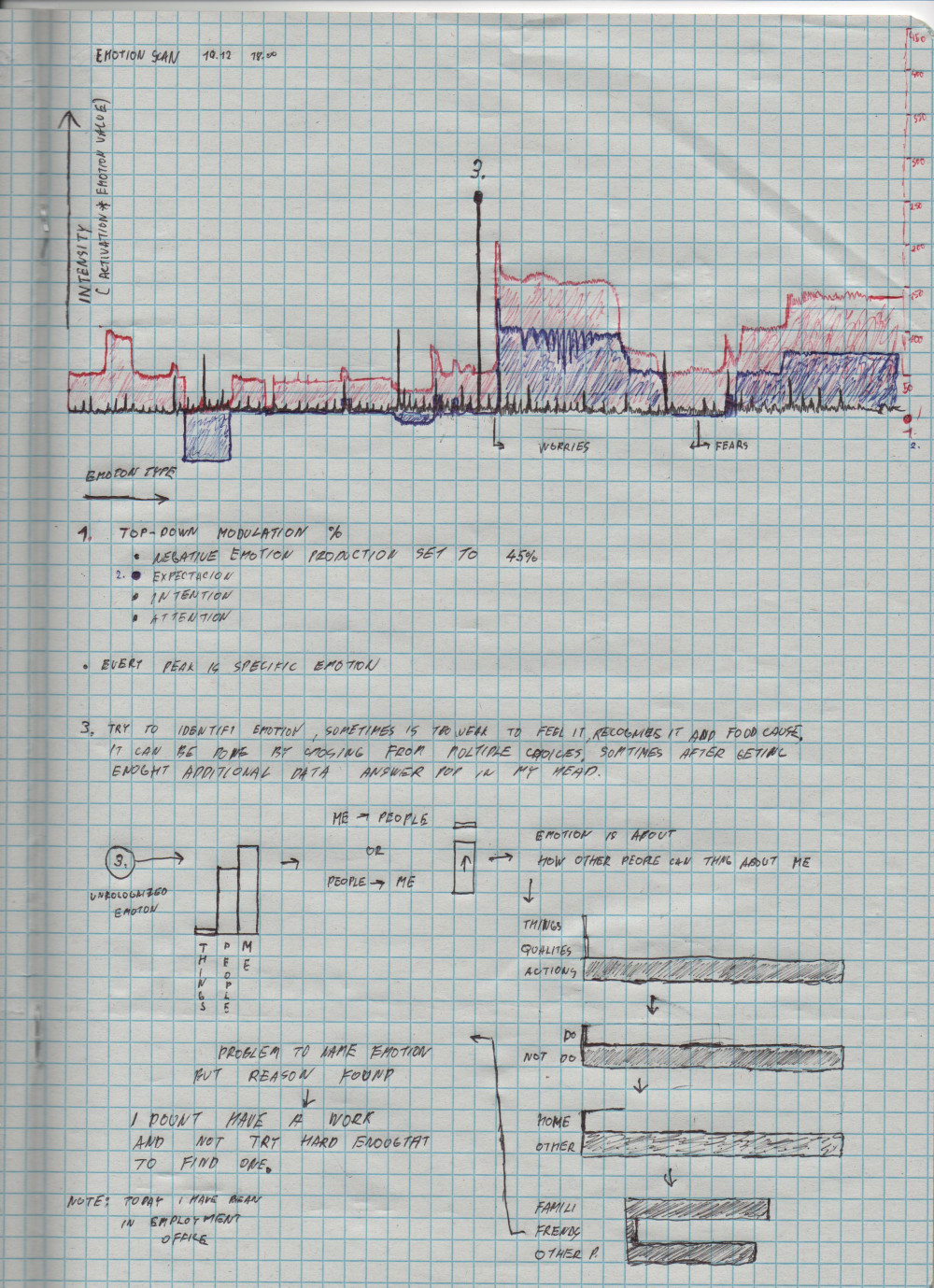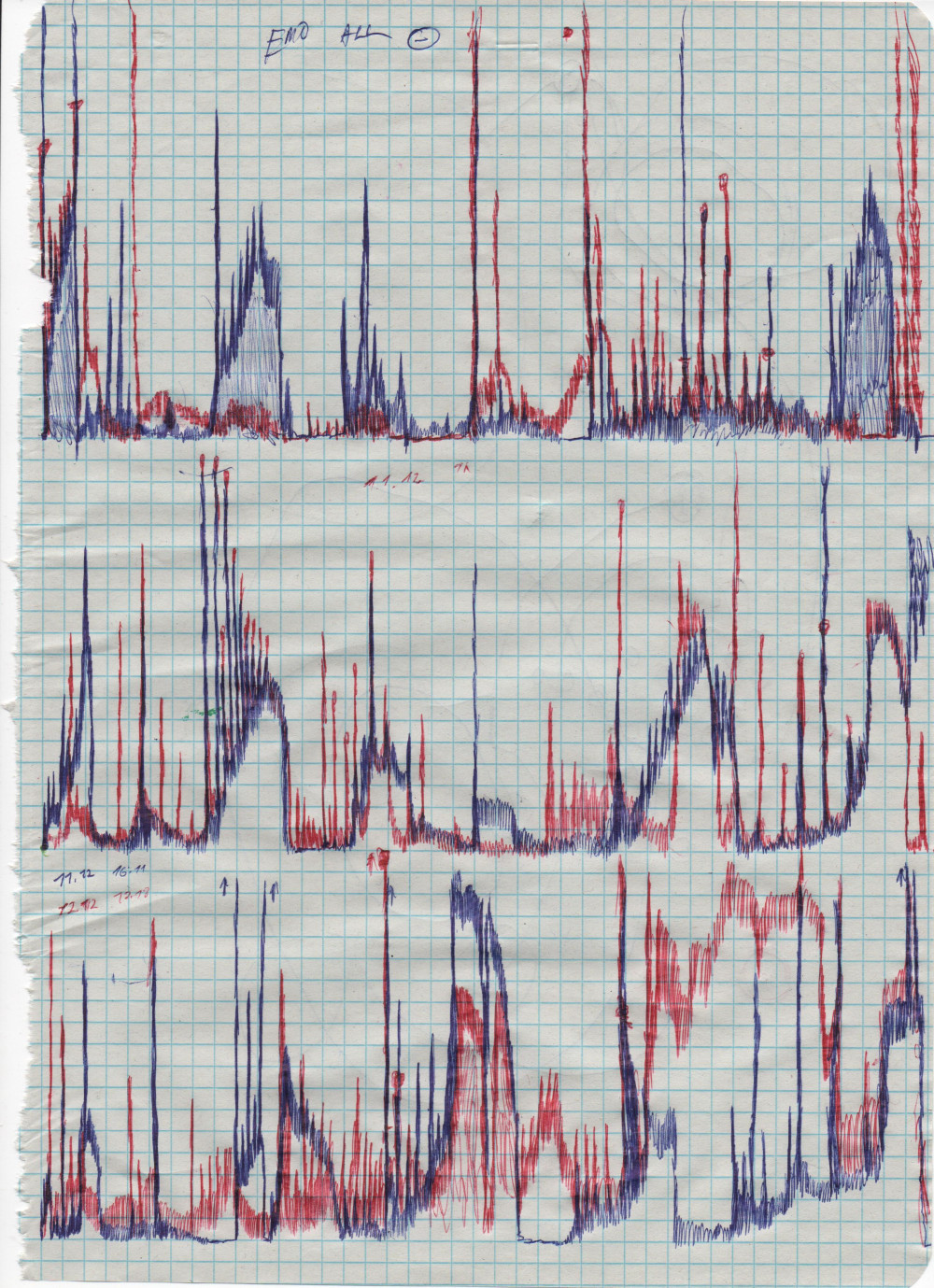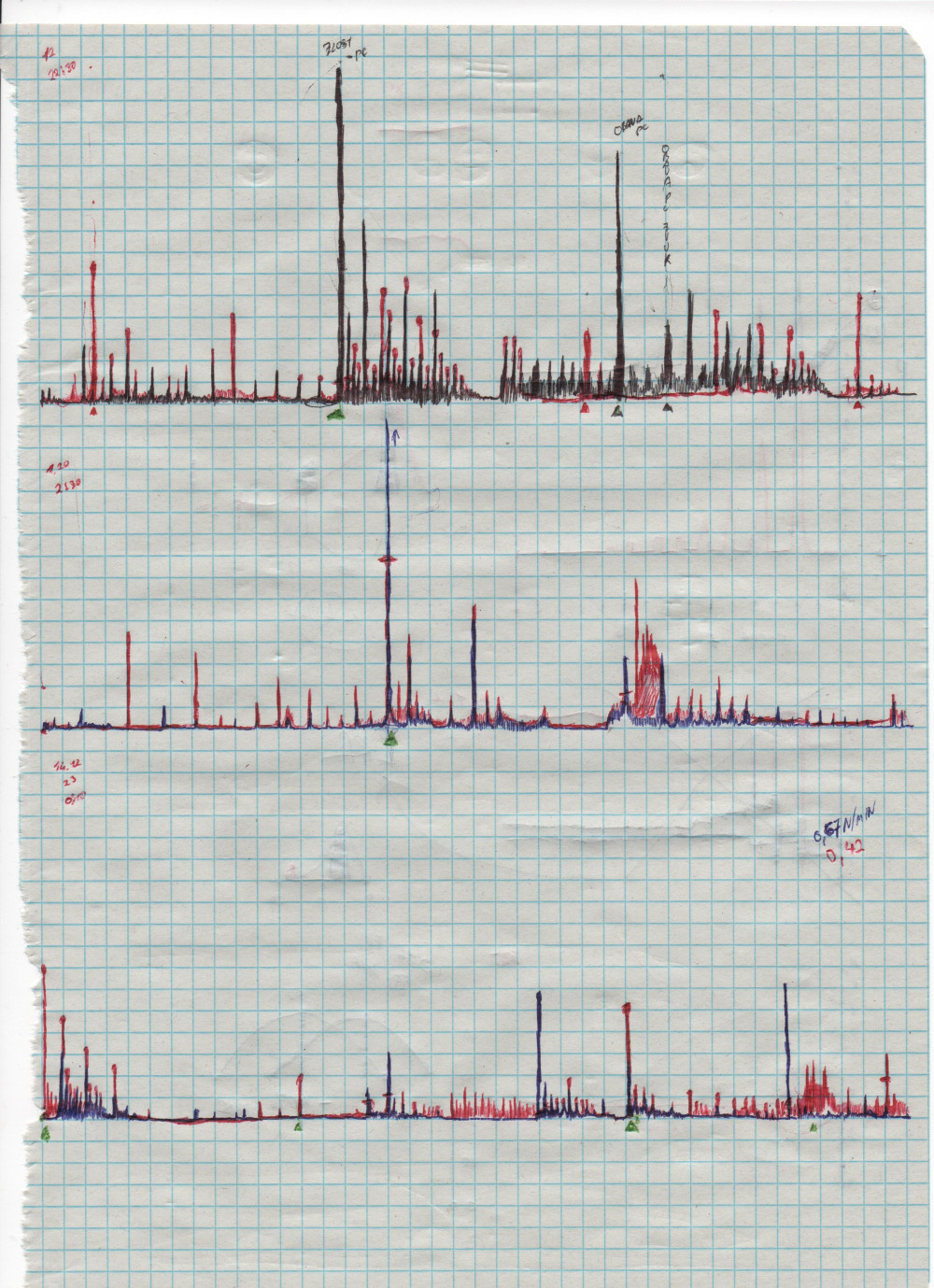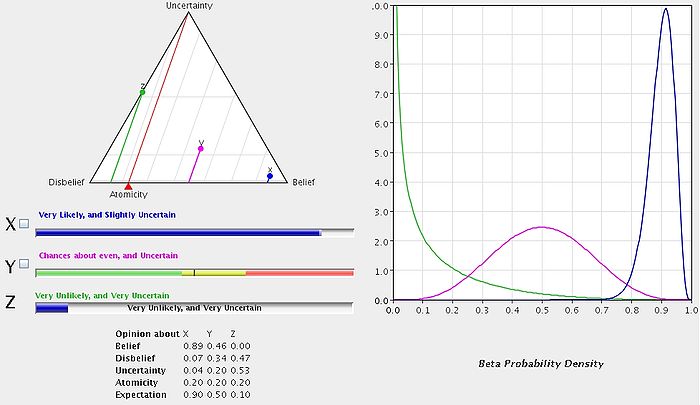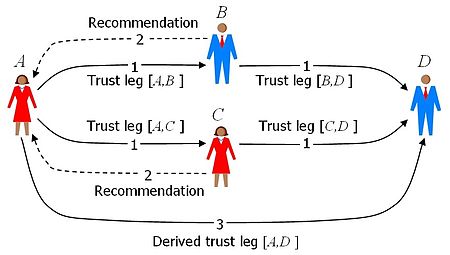Table of Contents
Mind programing
Testování možností porgramování mysli pomocí záměru (autosugesce)
Par predbežnejch testu ukázalo že existuje možnost vědomě měnit sposutu “nastavéní” v mysli/mozku. A dokonce se dá i programovat stejně jako PC . Zakladní problém je zde programovací jazyk testy ukázaly že běžná řeč na to není idealní protože vyznamy slov nejsou přesne určené.Pokud se funkce přesně definuje tak to funguje mnohem lépe. Jako další důležitý krok se ukázalo rozlišovat běžný intrení dialog a “programování”.Učinek bežneého dialogu ma priliš malou prioritu a efekt je velice slabý. Tohle vyřešilo vytvoření nástavby (neco jako operační systém nebo intreface ) do které je se nutno přihlásit. Po přihlášení mají příkazi vetší prioritu a tim i větší efekt.
Momentalně sem se zasek na nedostatečné znalosti hardwaru (mozku) a problémem z definicí funkcí. Při spustění chybného programu to zpusobý error který se projevuje jako nárust produkce stresu v těle, při zavžnejší chybě to má i dusledky jako bolest hlavy, poruchy sosutredění. A při fatal error hrozí i ztráta vědomí.
Cognitive architecture
Další prekážkou je neznalost systemu a jeho omezení. Model použitej k vytvářeni programů a definici funcí by se mel co nejvíce priblížit realnému systému. Zattim se expedimnetuje hodne naslepo a postupne se snažim model zdokonalovata jeho časti i vědecky podložit.
Jako základ mého modelu slouží LIDA,tenhle zaklad dale upravujia doplnují podle dalších poznatků jak vědeckých tak subjektivních.
LIDA model
Differences between LIDA and my current model
- cascading cognitive cycles
LIDA - až 3 , My - vždy 2
- PAMnet
LIDA- In the current PAMnet implementation, each node passes its full activation value to its parent node activation passing inward from the fringe of the network (lower conceptual depth) towards the center (higher conceptual depth). My LIDA model nestačí a jeho vysledky absolutne neodpovidaj subjektivnimu meření potreba rozšiřit o top-down modulaci komunikaci diky CTC a CFM
Notes
attentional blink
Global Workspace Dynamics
http://www.ncbi.nlm.nih.gov/pmc/articles/PMC3664777/#!po=47.7273
- C-T
- TMS-EEG may become the first practical, minimally invasive measure of causal connectivity in cortex. It has been shown to differentiate between conscious waking vs. sleep and coma, and to distinguish behavioral coma from true coma
- Cortical regions are mirrored in major thalamic nuclei, most of which are also layered arrays. Sherman and Guillery (2011) note that “any new information reaching a cortical area… benefits from a thalamic region.” Thalamic nuclei do not communicate with each other directly, but only by way of cortical synapses.
- Cortico-thalamic arrays are mutually linked via spatially consistent “labeled lines.” For example, the small foveal center of each retina subtends only 2–4° of visual arc, with about one million densely packed cones and rods. Foveal patches can be roughly considered to be 1000 × 1000 arrays of light receptors that are echoed point-to-point in retinal ganglion cells, whose axons make up the optic nerve. Ganglion cells are mirrored in the visual thalamus (LGN), which transmit signals point-to-point to V1.
- Bidirectional pathways and adaptive resonance
- A variety of high-level wave-like phenomena emerge in the C-T system, including standing and traveling waves, spiral vortices, centrifugal propagation, phase coupling and decoupling, microstates, cross-frequency coupling, and hemisphere-wide phase transitions at theta-alpha rates (Freeman et al., 2003; Izhikevich and Edelman, 2008). Complex waveforms in the core range from 0.1 to 200 Hz, with momentary spikes up to 600 Hz.
- On the motor side there is extensive evidence for trainable voluntary control over single motor units and more recently, for voluntary control of single cortical neurons (Cerf et al., 2010).
- Phase-locking is measured by lagged correlated activity among widely dispersed electrodes, and is believed to represent signaling among the cortical arrays being recorded. In this case the signal is measured in the low gamma band, 35–58 Hz, but strikingly similar findings are common from <1 to 200 Hz. Delta, theta, alpha, beta, and gamma phase coupling are commonly reported for a variety of tasks. This very wide band of apparently functional signaling is being studied intensively.
Cross-frequency coupling
Cross-frequency coupling in real and virtual brain networks
http://www.ncbi.nlm.nih.gov/pmc/articles/PMC3699761/
- There is an increasing evidence that the last type of CFC, so-called phase-amplitude modulation, occurs very often
- “hierarchical” organization of EEG oscillations suggesting that the amplitude of the oscillations at characteristic frequency is modulated by the oscillatory phase at lower frequency. In particular, they found that delta (1–4 Hz) phase modulates theta (4–10 Hz) amplitude, and theta modulates gamma (30–50 Hz) amplitude in primary auditory cortex of awake macaque monkeys (Lakatos et al., 2005).
Cross-Frequency Phase–Phase Coupling between Theta and Gamma Oscillations in the Hippocampus
http://www.jneurosci.org/content/32/2/423.full.pdf *Asymmetry of theta waves Theta oscillations in the LFP are usually studied after bandpass filtering between 4 and 12 Hz, generating a largely sinusoidal signal. However, the hippocampal theta rhythm deviates signifi- cantly from a harmonic (sinusoidal) oscillation. Theta waves are asymmetric with an inverse saw-tooth appearance in the CA1 region
*Spikes that occur on the ascending part of the theta cycle represent largely the early part of the place field. The spike density showed a skewed phase dis- tribution relative to the phase of the CA1 LFP
Measuring methods
Subjective
Podvědomí -) svaly
Kyvadlo
Nejsandnejší pro začátek používá mikropohyby ruky řízené podvědomím a kyvadlo jen tyhle pohyby “zesiluje”.
Postup: základ
- určit odpovedi ANO , NE , nevim
- jak vypadá odpoved? ANO ..
- otázky jako 2+2=4? .. čekat na odpoved
- testovat reakce, vetšiny lidi tak 15min stači na vytvořeni dostatečne silnejch pohybu svalu aby se dalo mezi odpovedma rozlišovat
Postup 2: *relaxace *zklidnění mysli *forumulace zámeru čim presnejší otázka tim lepši *změrení odpovědi
Casté problémy: *vedomý zásah do výsledku , očekávání , víra *nepřesná otázka *zjiskání odpovedi ruzne otázky potrebuje pristup do odlišných systemů. Chce praxi a ověrování
note: V současne době již kyvadlo nepouživam pohyb ruky/prstu je dostatečný .Podvedomim rizenej pohyb ruky klidne i o pul metru.
Automatické kreslení
*graf x,y *označení mista (naprř fyz.problem na obrazku těla) *složitejší obrazy
Automatické psaní
pohyb je zde mnohonásobne vetší a komplexnejší trvá déle se naučit.
Napětí svalů
* dase použit na ANO/NE pripadne intenzita * zakladni svalove napěti je dobrým indikátorem stresu v těle
Zrak
*GUI Grafický intreface promítání informací do zorného pole. Nejedná se o vědomou vizualizaci ale o zapnuti “programu” a zobrazovaní dale probýhá automaticky.
Sluch
Vnitřní dialog/myšlenky
Pocity v těle
Emoce
Bdělost
Objective
EEG
EMG
GSR
Tests
*reaction time *treashod of detection
Measured prameters
Emotion
Main focus is for now on the production of stress and negative emotions.
Stress in body
- unit N
- measured in kN (N*1000)
- stress production measured in N/min
- Unit:few years ago i measure my basic state of stress and save its value as unit. Its by probably possible define it partialy by muscle tone or cortisol level .
- values only for orientation.Feealings depend of actual state of body,first is feeled on moust damaged,weeakened,tense part of body.
- 2.5 kN stiff neck
- 3.5 kN start of neck pain
- 5 kN start of headache
- 8 kN strong headacae
- 11+ KN very strong headache witch chills
Stress in body - production
- body - metabolic waste put to circulation
- brain - emotion
Stress in body - removal
Stress in body - bilance
- if its known is possible to predict how long take for instance the headache stops or start.
Stress in body and stress production - influence on higher brain function
Model of system
http://orlin.rajce.idnes.cz/Emo#ScannedDocument-7.jpg
- based on info from the subconscious
Triggers
- When stress production is to high trigger lower activation of whole system to protect it. Unfortunately, it also turning down all higher brain function and as conseqence of it is much harder to do something about emotion or stress cause.
- The activity stay low until positive emotion start other trigger.
- IF N/MIN > 40 : alarm , lower ATT
- IF positive emotion/MIN > 15 : increase ATT
- trigger can be trriggered about every 0.3s (one cognitive cycle)
http://orlin.rajce.idnes.cz/Emo#ScannedDocument-9.jpg
- picture 1. is testing of use positive visualization (on the beach)
- i felt a violent improvements in alertness and mood and then sharp drop back
- picture showes how vizualization hit possitive trigger and increase ATT ,but increased ATT increase also N production
when N/MIN hit negative trigger ATT go back down
- picture 2. (below firts one)
- show steps when triggers are hit
http://orlin.rajce.idnes.cz/Emo#ScannedDocument-8.jpg
- step size depnd of N/min and actual ATT
- second picture shows minimal ATT to automaticly shutdown the emotion of specific N/MIN
Amplyfication of stress production
- set to 45%
- range about 25-1220%
Emotion scan
- last scan with some notes
- 2 clolors = 2scans
- 20.12 00:00
- emotion scan + top-down modulation
- probing belief system
Belief system - emotions
- i start with 4 categories
- personal experience
- expectation
- belief
- extrenal info
- only very small part of belief system is based on actual experience not mentionthe fact that the actual experiences is also interpereted by using this system
- witch new techniqe is possible found experience causing emotion but also experience and other stuff witch make belief system.
- in the end i get to personal experience or extrenal info
- in case of extrenal info is good idea look for the source and credibility and also credibility value of info.
- the main problem is that the data is not updated there should be belief like : parents always says truth is based on experinece and other
beliefs when we was only a few years old
- if we consciously open that “belief”(or other 3cat) there shoud be reconsolidation based on actual reality model ,
- somtimes is automatic sometimes need will becouse beliefe is so strong or is it set to 100% and dout allow change.
- we need update all levels of belief its not automatic but is possible to automatize it.
- the connection from belief must be actiavted co certain level to be updated subconsciously(VLPFC) and even higher level co consciously (DLPFC)
- its possible to make codelet/script witch actovte all connection of that belief to enought activity and update them, but is be good add parametr how many levels can change or how many resources/priority program gets.If we dout do that it can cause problems like lowering other function nad sensory preception(chnges are computationally/attention expensive ).
- setup priority save to long term memory , if it too low or to many other stuff it will work only a day (shortterm memory buffer)
Emotions as source of "illness"
- ego
- belief system
- thoughts/stimulus
- emotion
- stress
- muscle tone , cortisol…
- lowering of local circulation
- accumulation of matabolic waste
- wakening of “place”
- illness
Resources
Systémové zdroje nejspíše dány mírou aktivace neurálních struktur. Casem bude nejpiše potřeba presnejší dělení.
Normální stav 100r
Codelets
Codelets implement the specialized processors of global workspace theory. Codelets also correspond more or less to Jackson’s demons (1987), Minsky’s agents (1985), and Ornstein’s small minds (1986). Edelman’s neuronal groups (1987) may well implement some codelets in the brain. Codelets come in a number of varieties each with different functions to perform, as we will see.
Perceptual codelets
Behavior codelets
Attention codelets
The task of attention codelets is to bring content to consciousness. In humans, this content may include constructed sensory images, feelings, emotions, memories, intuitions, ideas, desires, goals, etc
Motivated by novelty, unexpectedness, relevance to a goal, emotional content, etc.,
Expectation codelets
Among these attention codelets are expectation codelets, spawned by active behaviors that attempt to track the results of current actions or the lack thereof.
Intention codelet
spawned each time a volitional goal is selected. An intention codelet attempts to bring to consciousness any content that would be relevant to its goal
Information codelets
Cognitive cycle (notes)
Step 1
- 1.EXPECTATION CODELETS (GLOBAL , FROM PREVIOUS CYCLE )SET SENSORS FOCUS
- 2.RECEAVING OF DATA
- 3.SAVE DATA TO SENSORY MEMORY
- 4.ASIGN INTERPRETATION , CATEGORIZATION TROUGHT SPIPNET
- 5.SEND INTERPRETATION , CATEGORIZATION , DATA PRECONSCIOOUS BUFFERS
“Specialized feature detectors (perception codelets ) Those that find features (bits of meaning, single chunks) relevant to their specialty activate appropriate nodes in perceptual memory. The decision as to which interpretations (recognitions, categorizations, ideas, meanings) to assign is made by perceptual memory (PM). slipnet, an activation passing semantic net. The slipnet settles into the various interpretations, represented by its nodes . Though interpretations are assigned during each cycle, the full meaning of a particular stimulus, say a sentence, may accumulate only over several cycles. The activation of nodes in PM decays, but it does so at such a rate that interpretations acquired during one cycle are still somewhat available during the next few cycles. “
Step 2
- SAVE INTERPRETATION , CATEGORIZATION , DATA IN PRECONSCIOOUS BUFFERS
Step 3
sing the incoming percept and the residual contents of the preconscious buffers as cues, local associations are retrieved from Medium term memory and from Long term memory
Machine consciousness - projects
There are several serious, ongoing projects aimed a producing machine consciousness. One such, headed by Igor Aleksander, is relatively far along, having produced a working system, MAGNUS, using neural modeling that’s arguably capable of imagination (2000). A second such is my own IDA project to be described in some detail below. IDA is currently up and running, and exhibiting functional consciousness. A third such project, conceived by Rodney Cotterill and also based on neural modeling, aims at developing machine consciousness in a manner analogous to the way a human child develops An early version is being demonstrated (Cotterill 2001). For a fourth, Owen Holland and Rodney Goodman have embarked on a bottom up approach of add additional capabilities to a robotic system until it shows signs of consciousness REF. A fifth, due to Lee McCauley, builds consciousness into a neural schema system REF.
IDA model
IDA (Intelligent Distribution Agent) is a “conscious” software agent that was developed for the US Navy
IDA’S Modules and Mechanisms • Perception—Copycat Architecture—Hofstadter • Action Selection—Behavior Net—Maes • Episodic Memory—Sparse Distributed Memory—Kanerva • Emotions—Pandemonium Theory—Jackson • Metacognition—Fuzzy Classifier Systems—Holland • Learning—Copycat Architecture, Reinforcement • Constraint Satisfaction—Linear Functional • Language Generation—Pandemonium Theory • Deliberation—Pandemonium Theory • ‘Consciousness’ —Pandemonium Theory
Global Workspace Theory
In his global workspace theory, Baars, along with many others (e.g. (Minsky 1985, Ornstein 1986, Edelman 1987)) , postulates that human cognition is implemented by a multitude of relatively small, special purpose processes, almost always unconscious. (It's a multiagent system.) Communication between them is rare and over a narrow bandwidth. Coalitions of such processes find their way into a global workspace (and into consciousness). This limited capacity workspace serves to broadcast the message of the coalition to all the unconscious processors, in order to recruit other processors to join in handling the current novel situation, or in solving the current problem. Thus consciousness in this theory allows us to deal with novel or problematic situations that can’t be dealt with efficiently, or at all, by habituated unconscious processes. In particular, it provides access to appropriately useful resources, thereby solving the relevance problem. This theory offers an explanation for consciousness being serial in nature rather than parallel as is common in the rest of the nervous system. Messages broadcast in parallel would tend to overwrite one another making understanding difficult. It similarly explains the limited capacity of consciousness as opposed to the huge capacity typical of long-term memory and other parts of the nervous system. Large messages would be overwhelming to small, special-purpose processors. All this activity of processors takes place under the auspices of contexts (see Figure 1): goal contexts, perceptual contexts, conceptual contexts, and/or cultural contexts. Baars uses goal hierarchies, dominant goal contexts, a dominant goal hierarchy, dominant context hierarchies, and lower level context hierarchies. Each context is, itself, a coalition of processes. Though contexts are typically unconscious, they strongly influence conscious processes. A key insight of global workspace says that each context is, in fact, a coalition of processors. Baars postulates that learning results simply from conscious attention, that is, that consciousness is sufficient for learning. There's much more to global workspace theory, including attention, action selection, emotion, voluntary action, metacognition and a sense of self. I think of it as a high level theory of cognition
http://sofiabohmer.files.wordpress.com/2010/03/spanish-lessons-buenos-aires-brain-as-computer.jpg
Links
http://www.brains-minds-media.org/archive/1178/supplement/supplement
http://sofiabohmer.files.wordpress.com/2010/03/spanish-lessons-buenos-aires-brain-as-computer.jpg
Notes 23.12
Subjective logic
- trust scope - trust by context , topic
- Trust types
- Direct - experience
- Indirect - indirect knowledge
- Functional -Trusting entity for scope
- Referral - Trusting entity about source for scope



